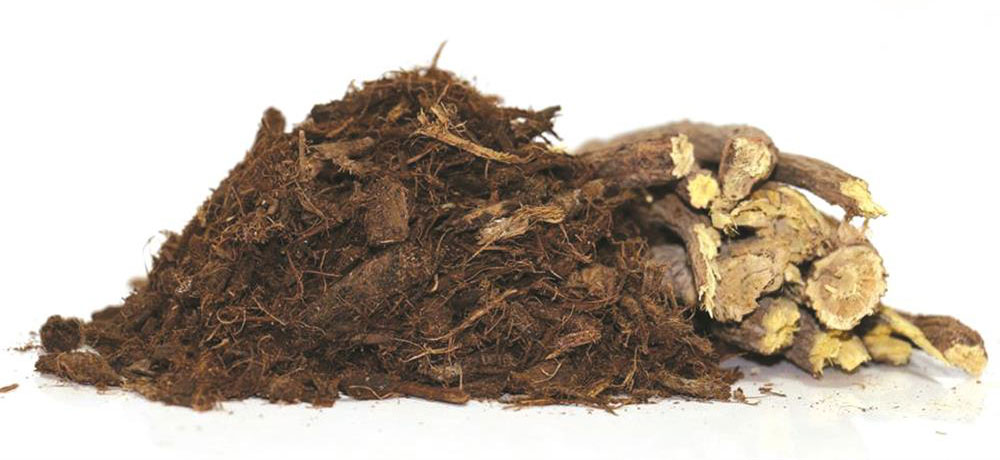History of licorice plant
Licorice (scientific name: Glycyrrhiza glabra), which is called Mahak in Persian. It is also known as mej-jo in the dialect of Isfahan and ancient traditional medicine. The car plant is native to the genus Asa, native to southern Europe, northern Africa, and temperate Asia. In most parts of Iran, especially in the city of Larestan, the old city and the eastern and northeastern regions, as well as Azerbaijan, the Bakhtiari mountain range and the city of Eghlid are abundant. The leaves are compound and consist of 4 to 7 pairs of leaves plus a terminal leaflet that are sticky due to sap secretion. Its flowers are bluish and its fruits contain 5 to 6 brown seeds. Its underground roots and stems are used medicinally. The roots and stems of this plant have brown or black skin and a yellow kernel. In ancient agricultural texts, licorice is called sous and its root is called sous. This plant is native to southern Europe and Asia and is referred to as the “sweet root (Licirice)” and its sweet root is much sweeter than sugar. This plant has been considered in the traditional Chinese medical system for thousands of years and as a “peacekeeper”. Is known. Licorice is one of the most widely used plants worldwide and is currently grown in Russia, Spain, France, the United Kingdom, Germany, the Middle East and Asia.





